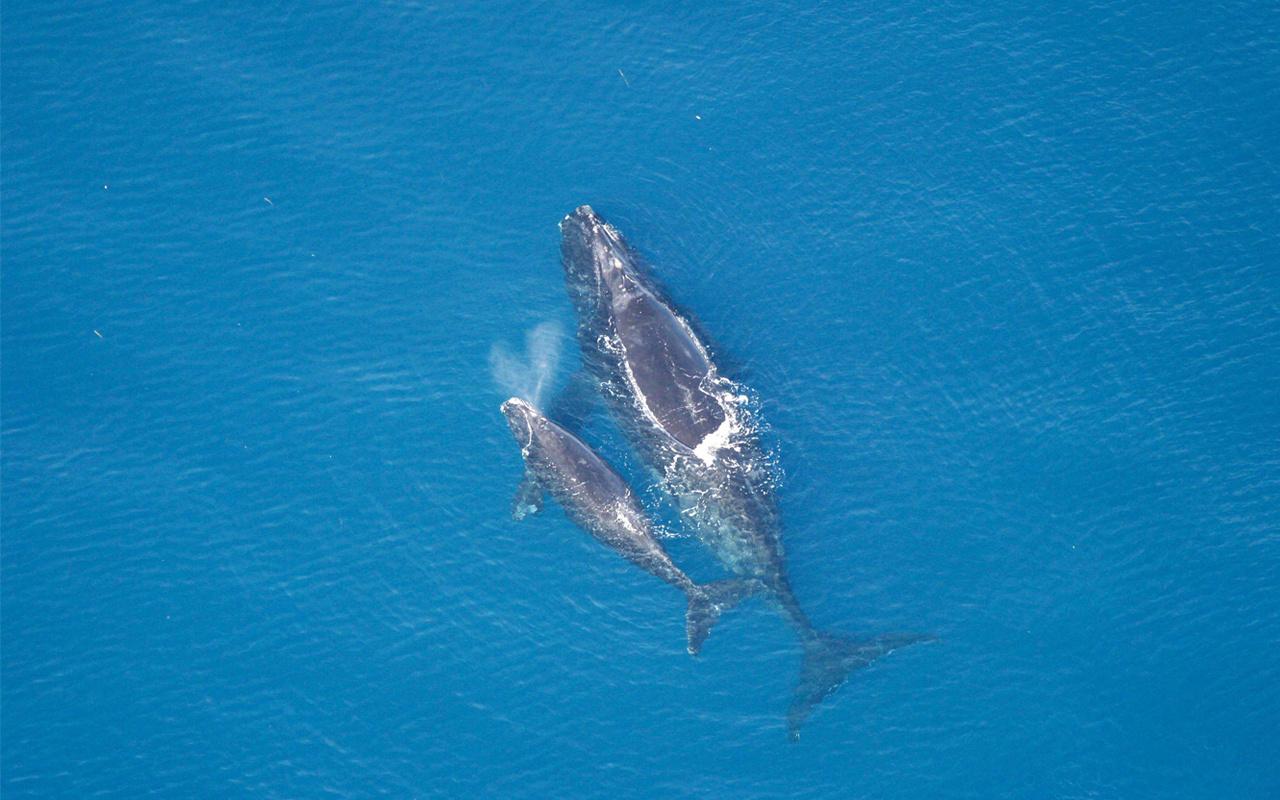
Tell NOAA: Protect Right whales
Boat strikes pose an existential threat to the enormous mammals
Take Action
Right whales, the rarest of all large whales, are at risk of becoming even scarcer.
Early in 2023, more than 100 boats were tracked speeding through designated slow zones at the mouth of Chesapeake Bay. Days later, a 43-foot right whale was dead, washed up on Virginia Beach. An autopsy determined the cause of death: blunt force trauma, consistent with being struck by a boat. And, in January of this year, a North Atlantic right whale calf was struck by a boat in a gruesome collision.
Right whales are especially vulnerable to fatal boat collisions, as the coastal areas they inhabit are crisscrossed with crowded shipping lanes within 30 miles of the East Coast.
If we don’t slow down the vessels in these busy waters, we won’t slow down the decline of this magnificent mammal. The entire population is struggling to survive: human activity has pushed the North Atlantic right whale population down to fewer than 360 individuals.
In the 17th, 18th and 19th centuries, Right whales were heavily targeted by the whaling industry and nearly became extinct. Their mild manner made them easy targets, and whalers dubbed them the “right” whale to hunt. The species was prized for its oil and baleen “teeth,” which were used to make corsets and other consumer goods of the day. The population never fully recovered.
Right whales became illegal to hunt in the early 20th century, but preventable human practices remain as one of the greatest threats to their existence. By continuing to let boats speed across their home, we’re opening the door to more deadly strikes. Without intervention, we risk losing this species forever.
That’s why we’re working to protect the vast, mysterious wilderness of our oceans. Here’s what we’re doing:
Our planet wouldn’t be the same without the North Atlantic right whale. We’re building a movement to keep this amazing creature alive and well on Earth.
